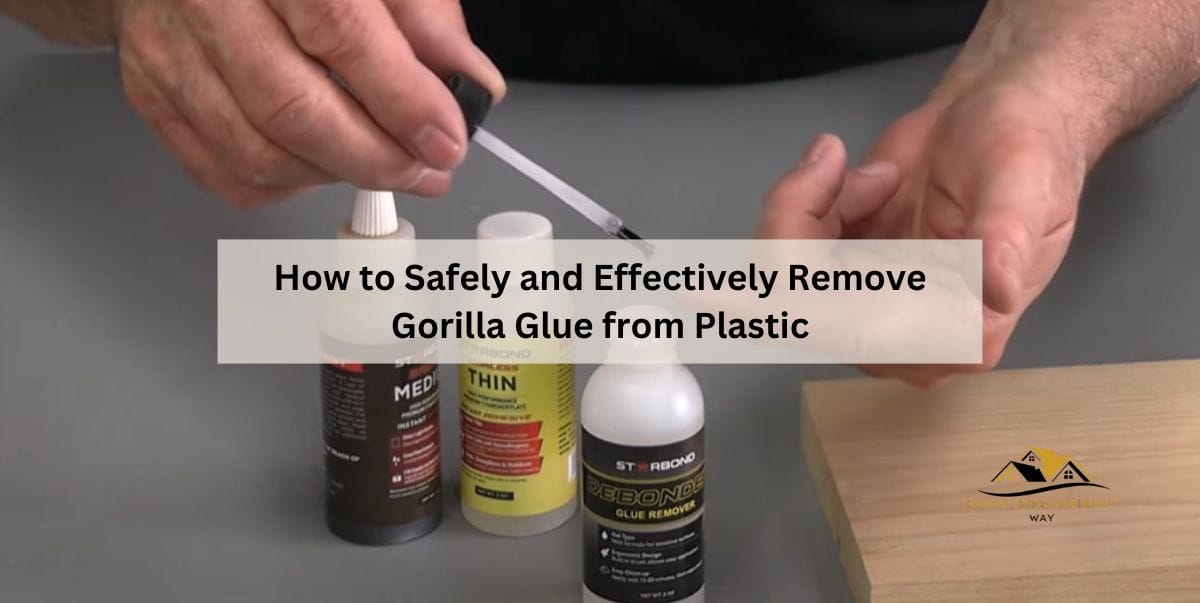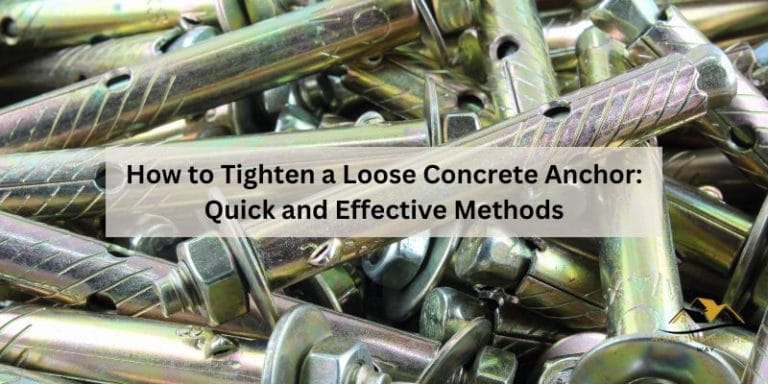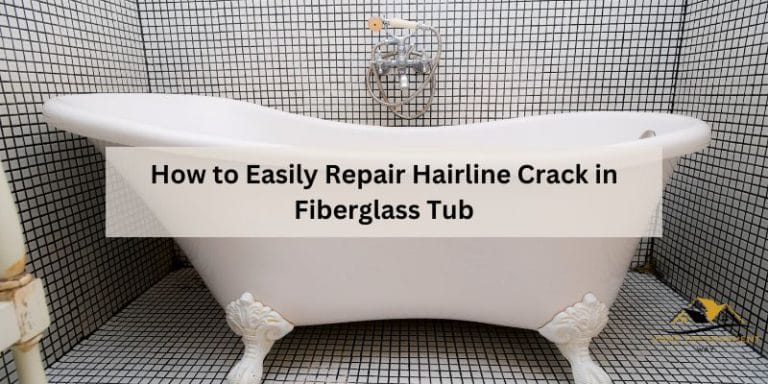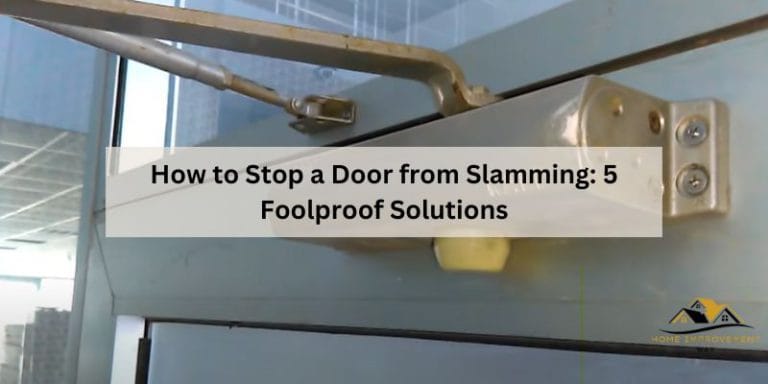How to Safely and Effectively Remove Gorilla Glue from Plastic
To remove Gorilla Glue from plastic, use acetone or isopropyl alcohol by applying it to the affected area and gently rubbing it until the glue loosens and can be wiped away. Finding Gorilla Glue stuck to your plastic surfaces can be frustrating and challenging to remove.
Whether it’s unintentionally spilled or used in an attempt to fix something, this strong adhesive can leave a stubborn residue. However, with the right approach, removing Gorilla Glue from plastic is possible. We will explore effective methods using common household items to safely dissolve and remove the glue without damaging the plastic.
By following these steps, you can restore the appearance of your plastic objects and make them adhesive-free once again. Let’s dive into the solutions for removing Gorilla Glue from plastic.
Why Gorilla Glue On Plastic Is A Challenge
Removing Gorilla Glue from plastic can be quite challenging due to its strong adhesive properties. However, there are effective methods like using acetone or rubbing alcohol to safely dissolve and remove the glue without damaging the plastic surface.
Removing Gorilla Glue from plastic can be a daunting task due to the adhesive’s incredibly strong bond. Gorilla Glue is known for its powerful and durable hold, making it a popular choice for various projects and repairs. While this adhesive is highly effective on different surfaces, it can create a challenging situation when it comes into contact with plastic.
How Gorilla Glue Bonds To Plastic
Gorilla Glue forms a strong bond with plastic due to its unique formulation and chemical composition. The glue’s polyurethane formula allows it to penetrate and adhere to the surface, creating a robust and long-lasting bond. When applied to plastic, Gorilla Glue expands as it cures, filling any gaps or irregularities in the material. This expansion, combined with the glue’s adhesive properties, creates a bond that is difficult to break.
The Risks Of Removing Gorilla Glue From Plastic
Attempting to remove Gorilla Glue from plastic can pose several risks and challenges. Here are a few reasons why:
- Chemical Reaction: Gorilla Glue reacts with plastic, making it more challenging to dissolve or remove without causing damage to the surface.
- Plastic Vulnerability: Plastic materials can be sensitive to certain solvents or cleaners, which can result in discoloration, warping, or damage to the plastic surface.
- Adhesive Residue: Even if the bulk of the Gorilla Glue is removed, there may still be residue left behind. This residue can affect the appearance and texture of the plastic, making it necessary to go through additional steps to completely eliminate it.
Considering these risks and challenges, it is crucial to approach the removal of Gorilla Glue from plastic with caution and take necessary precautions to protect the integrity of the plastic surface.

Preparation And Safety Measures
In this section, we will discuss the important preparation steps and safety measures to follow when removing Gorilla Glue from plastic. By gathering the necessary tools and protecting yourself and the surrounding area, you can ensure a successful and safe removal process.
Gathering The Necessary Tools
To effectively remove Gorilla Glue from plastic, it is important to have the right tools at hand. Here are the essential items you will need:
- Acetone
- A plastic scraper or a spoon
- Isopropyl alcohol
- A clean cloth or sponge
- Mild dish soap
- Water
These tools will assist you in softening and removing the adhesive from the plastic surface. Additionally, it is advisable to read the manufacturer’s instructions on any chemical products before using them, ensuring proper usage and safety precautions.
Protecting Yourself And The Surrounding Area
Safety should be your top priority when working with Gorilla Glue and chemicals. Here are some safety measures to consider:
- Wear protective gloves to prevent direct contact with the adhesive and chemicals.
- Work in a well-ventilated area to minimize inhaling any fumes.
- Cover the surrounding surfaces with a protective sheet or newspaper to prevent any accidental damage.
- Keep children and pets away from the work area to ensure their safety.
By following these precautions, you can minimize the risk of any accidents or harm during the glue removal process. It is crucial to prioritize safety and take necessary steps to protect yourself and the surrounding environment.
Methods For Removing Gorilla Glue From Plastic
Learn effective methods to safely remove Gorilla Glue from plastic surfaces with ease. These step-by-step techniques will help you restore your plastic items without causing any damage or residue. Say goodbye to stubborn adhesive and enjoy clean, smooth surfaces again.
Gorilla Glue is a strong adhesive that can be tricky to remove from plastic surfaces. However, with the right methods and tools, you can effectively get rid of the glue without damaging the plastic. In this blog post, we will explore four effective methods for removing Gorilla Glue from plastic: using acetone, using isopropyl alcohol, using heat, and using mechanical methods. Let’s dive into each method in detail.
Using Acetone
Acetone is a powerful solvent that can break down the bond of Gorilla Glue. Here’s how to use acetone to remove Gorilla Glue from plastic:
- Wear protective gloves to avoid direct contact with acetone.
- Apply a small amount of acetone onto a cotton ball or soft cloth.
- Gently rub the affected area with the acetone-soaked cotton ball or cloth.
- Continue rubbing until the glue starts to loosen.
- Once the glue loosens, wipe it away with a clean cloth.
Using acetone can effectively dissolve the Gorilla Glue, but make sure to test it on a small, inconspicuous area of the plastic before applying it to the entire surface to ensure it doesn’t damage or discolor the plastic.
Using Isopropyl Alcohol
Isopropyl alcohol, also known as rubbing alcohol, is another effective method for removing Gorilla Glue from plastic. Here’s how to use isopropyl alcohol:
- Put on protective gloves to protect your skin.
- Soak a cotton ball or soft cloth with isopropyl alcohol.
- Place the soaked cotton ball or cloth on the glue-covered area.
- Leave it for a few minutes to allow the alcohol to penetrate the glue.
- Gently rub the area with the alcohol-soaked cotton ball or cloth.
- Continue rubbing until the glue begins to dissolve.
- Wipe away the dissolved glue with a clean cloth.
Using isopropyl alcohol is generally safe for most plastics, but it’s always a good idea to test it on a small area first to ensure it doesn’t cause any damage.
Using Heat
Heat can be an effective method for removing Gorilla Glue from plastic. Here’s how to use heat:
- Preheat an iron to a low setting or use a blow dryer on a low heat setting.
- Hold the iron or blow dryer a few inches away from the glued area.
- Apply heat to the glue for a few seconds.
- Once the glue softens, gently scrape it off using a plastic scraper or credit card.
- Remove any residue with a clean cloth.
Using heat to remove Gorilla Glue is a safer option for delicate plastics, but be cautious not to overheat the plastic, as it may cause damage.
Using Mechanical Methods
If the aforementioned methods don’t work, you can try using mechanical methods to remove Gorilla Glue from plastic. Here are a few mechanical methods:
- Use a plastic scraper or credit card to scrape off the glue.
- Use fine-grit sandpaper to sand away the glue.
- Use a razor blade to carefully scrape off the glue (be extremely cautious as it can damage the plastic).
Remember to apply moderate force when using these mechanical methods to avoid damaging the plastic surface.
Step-by-step Guide For Removing Gorilla Glue From Plastic
Discover how to effectively remove Gorilla Glue from plastic surfaces with this step-by-step guide. Learn easy techniques to safely and efficiently eliminate the adhesive without causing damage.
Gorilla Glue is known for its strong, long-lasting bond, making it a popular choice for various DIY projects. However, what happens when you accidentally get Gorilla Glue on plastic? Removing Gorilla Glue from plastic can be a challenge, but with the right method and careful execution, you can restore the plastic’s original condition. In this step-by-step guide, we will walk you through the process of removing Gorilla Glue from plastic, ensuring that you have everything you need to successfully tackle this stubborn glue.
Preparation
Before you begin the removal process, it’s important to gather a few essential items:
- Acetone or nail polish remover
- Cotton balls or soft cloth
- Plastic scraper or credit card
- Warm soapy water
Once you have these tools ready, it’s time to move on to the next step.
Applying The Chosen Method
There are several methods you can use to remove Gorilla Glue from plastic. Below, we will outline the two most effective methods:
-
- Using Acetone:
Soak a cotton ball or soft cloth in acetone or nail polish remover. Gently dab the affected area, allowing the acetone to penetrate the glue. After a few minutes, use a plastic scraper or credit card to carefully scrape off the softened glue.
-
- Using Warm Soapy Water:
If you prefer a non-toxic approach, warm soapy water can also be effective. Soak the affected plastic in warm soapy water for several minutes. Then, use a plastic scraper or credit card to gently scrape away the softened glue.
Removing Residual Glue
Even after removing the bulk of the Gorilla Glue, there may still be some residual glue left on the plastic. To remove any leftover adhesive, follow these steps:
-
- Using Acetone:
Again, soak a cotton ball or soft cloth in acetone or nail polish remover. Gently rub the residual glue until it loosens and comes off the plastic. Repeat this process as necessary.
-
- Using Warm Soapy Water:
Alternatively, you can use warm soapy water to remove the remaining glue. Dip a cloth or sponge into warm soapy water and gently scrub the affected area until the glue dissolves and washes away.
Cleaning And Restoring The Plastic
After successfully removing the Gorilla Glue and residual adhesive, it’s time to clean and restore the plastic’s appearance. Follow these steps:
- Wash the plastic surface with warm soapy water to remove any remaining residue.
- Dry the plastic with a clean cloth.
- Apply a small amount of plastic polish or rubbing compound to a soft cloth.
- Gently rub the polish onto the plastic surface using circular motions.
- Wipe off any excess polish with a clean cloth.
With these steps, you can say goodbye to unsightly Gorilla Glue stains on your plastic and restore it to its former glory. Remember to always use caution and follow the instructions carefully to avoid damaging the plastic surface.
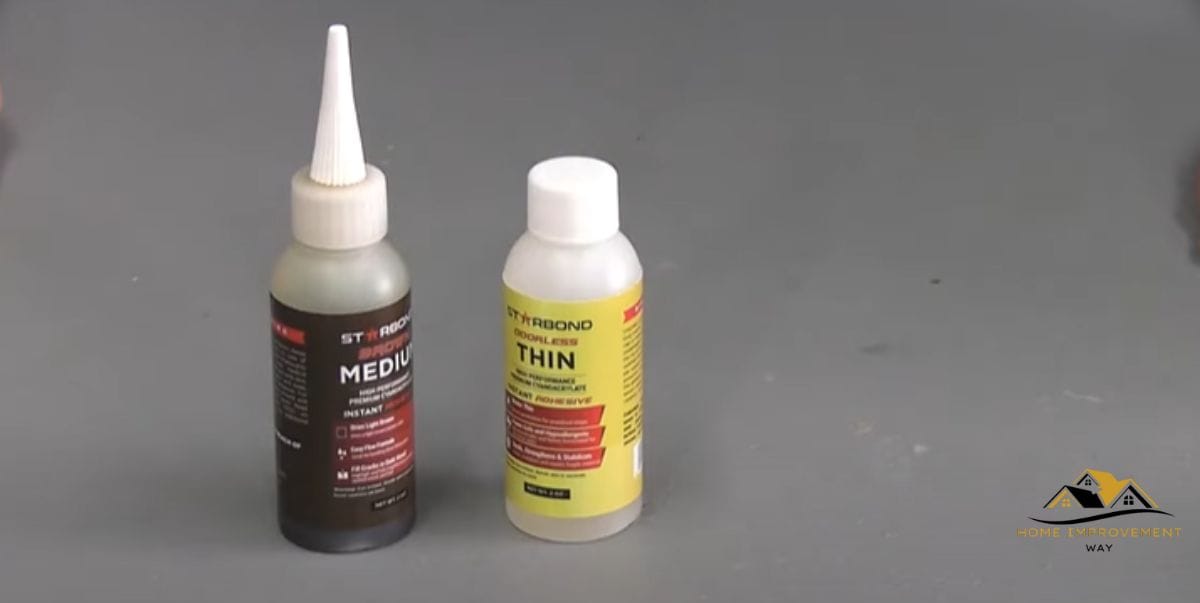
Tips And Tricks For Successful Gorilla Glue Removal
Gorilla Glue is known for its strong bonding capabilities, making it a popular choice for various projects. However, when it comes to removing Gorilla Glue from plastic surfaces, it can be quite a challenge. In this section, we will discuss some tips and tricks to help you successfully remove Gorilla Glue without damaging your plastic.
Testing The Method On A Small Area
Before attempting to remove Gorilla Glue from your plastic surface, it is crucial to test the method on a small, inconspicuous area. This will ensure that the method you choose doesn’t cause any unwanted damage or discoloration. To do this:
- Apply a small amount of the chosen removal method to a discrete spot on the plastic.
- Leave it for a few minutes and observe any adverse reactions, such as discoloration or melting of the plastic.
- If the test area shows no negative effects, you can proceed with the chosen method for Gorilla Glue removal.
Being Patient And Persistent
One of the key aspects of successfully removing Gorilla Glue from plastic is being patient and persistent in your efforts. It may take several attempts and some time to completely remove the glue. Follow these steps:
- Start by scraping off as much glue as possible using a plastic scraper or an old credit card. Be gentle to avoid scratching the plastic surface.
- Apply a generous amount of acetone or nail polish remover containing acetone to a clean cloth.
- Gently rub the cloth onto the glued area in circular motions.
- Continue rubbing until the glue starts to soften and break apart.
- Use the plastic scraper or credit card to scrape off the loosened glue.
- If there are any remaining traces of glue, repeat the process until the plastic surface is free from Gorilla Glue.
Post-treatment Maintenance
Once you have successfully removed Gorilla Glue from your plastic surface, it is essential to perform post-treatment maintenance to ensure the longevity and appearance of the plastic. Here are some maintenance tips:
- Wipe the surface with warm, soapy water to remove any residue from the removal process.
- Pat dry with a clean towel or cloth.
- Apply a plastic-friendly polish or protective coating to enhance the plastic’s shine and protect it from future damage.
- Regularly clean and inspect the plastic surface to identify any new glue residue or potential issues.
- If you notice any glue residue, promptly remove it using the tested removal method to prevent it from hardening and becoming more difficult to remove.
Remember, removing Gorilla Glue from plastic requires careful attention and patience. By following these tips and tricks, you can effectively eliminate the adhesive without causing harm to your plastic surfaces.
Conclusion
Removing Gorilla Glue from plastic can be a challenging task, but with the right techniques, it can be accomplished successfully. By following the methods discussed in this blog post, such as using acetone or heat, you can effectively dissolve or soften the adhesive, allowing you to safely remove the glue from your plastic surfaces.
Remember to proceed with caution and test any products on a small, inconspicuous area before proceeding. With a little patience and the right approach, you can restore your plastic items to their original condition.

